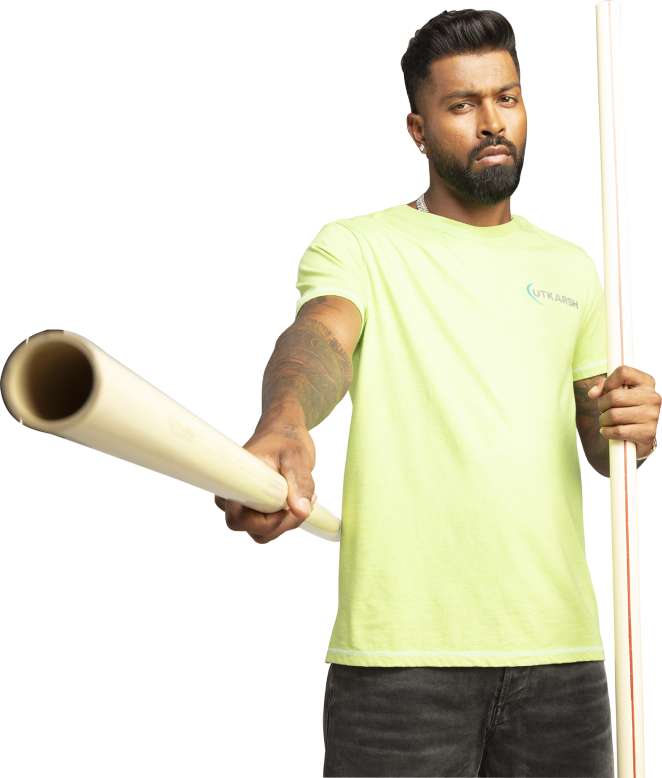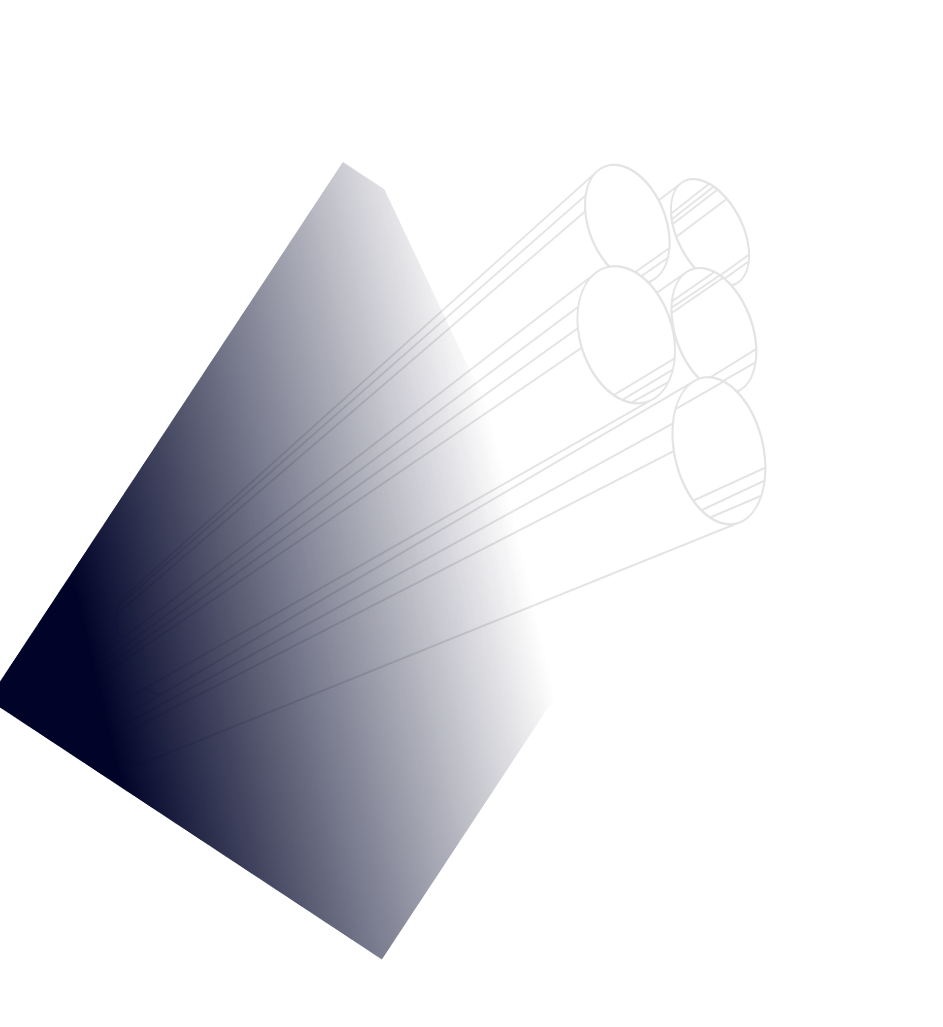
Made with superior uPVC compound, our column pipes feature heavy-duty sealing rings made of certified industrial-grade rubber, guaranteeing long-lasting performance. These heavy-duty sealing rings absorb pump vibrations, ensure leak-proof joints, and enhance pipe longevity, providing a reliable and efficient water supply. Recognised as one of the leading column pipe manufacturers in India, we ensure that only high-quality materials sourced from industry-leaders so that each column pipe can excel the industry standards in terms of quality.
We take great pride in being the most reliable column pipe manufacturer in and outside the country. With our many years of experience and technical expertise, we always surpass customer expectations. Our everlasting dedication to quality and innovation-first approach is the key to our success, and the foundation of our standing as the most trusted column pipe manufacturer in India.
- Designed to withstand both galvanic and electrolytic corrosion
- Available in various range
- Adherence to all industry standards
-
68000
Production Capacity
-
44000
Plant Area
-
5000
Ready Stock


Manufacturing Process
At Utkarsh Pipes, as a leading column pipe manufacturer in India, a meticulous manufacturing process is followed for our range of uPVC pipes & fittings, right from raw material selection through final inspection and packaging.
-
Raw Material Preparation
Raw materials and chemicals are fed into a high-speed mixer via an automatic SCADA system using a pre-set recipe. Once the mixture reaches the set temperature, the compounded material is released into a cooling chamber to cool to a predefined temperature. The cooled compound is then sent to the extruder hopper.
-
Material Feeding
The material is fed into the extruder through a hopper, controlled by a gravimetric or volumetric system for precise measurement.
-
Melting and Mixing
In the extruder barrel, the material is heated to its melting point, around 180°C, through a combination of load (melt pressure) and friction within the twin-screw system.
-
Pipe Formation
The melted material is pushed through a die-head (spider) and formed into a pipe shape.
-
Calibration and Cooling
The pipe is calibrated to the correct size using a vacuum sizing tank and then cooled with water in a spray tank.
-
Printing, Cutting, and Socketing
At the end of the production line, pipes are printed, cut into lengths, and socketed. The pipes undergo online inspection and testing according to standards. They are then sent for post-activity processes, including threading and slotting.
-
Final Inspection and Dispatch
The pipes are subjected to a final inspection by QA. After passing the final checks, they are prepared for dispatch as per the delivery order.






























